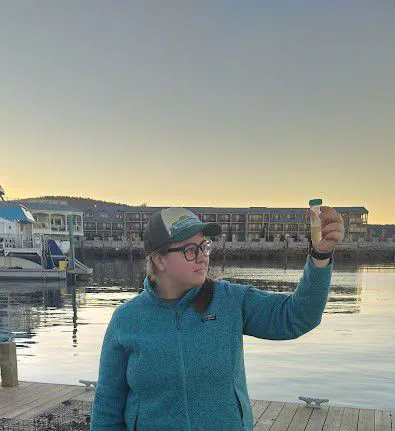Citizen Science Can Improve Visitor Experiences and Research Outcomes in Museums and Cultural Institutions
May 26, 2021·,·
0 min read
Garretson
Alexis

Abstract
Applying citizen science protocols to imaged museum specimens can help lessen the digitization burden on research staff members and address research gaps in existing citizen science datasets while providing meaningful visitor engagement opportunities. Citizen science is still a relatively young field, but because museum collections are often substantially older, pairing the two can allow us to ask questions on a much broader time scale. Applying consistent protocols to citizen science observations and museum specimens enables high-quality derived data that can be quickly combined without uncertainty in definitions or differences in approaches. Citizen science protocols can be well suited to use with image data because they are often developed for visual-only information (e.g., presence of flowers on a plant, the number of seeds on a page, the number of clouds in the sky). Because many collection objects are imaged as part of the digitization process, the visual information is often already available and searchable as an input. Utilizing pre-existing citizen science protocols also allows museums to tap into a broader community of existing participants who are already familiar with the protocol. For example, the National Phenology Network has more than 15,000 citizen science observers who are already trained in applying their protocols to living specimens. Citizen scientists from active collection projects can easily transition to the digital interface and vice versa, allowing for mutually beneficial collaborations. Also, during times when citizen scientists cannot make traditional onsite or in-person observations (e.g., global pandemic, short-term disability, long-term disability), digitization and digital engagement opportunities allow for continued engagement with the observer community through citizen science opportunities. It also enables museums to continually digitally interact with users who may not view collection items in person or engage traditionally with museum infrastructure. Finally, citizen science projects and protocols often emphasize education and engagement, which means there are often pre-existing tools that can be modified for use in formal educational settings such as schools and universities and informal educational settings such as museums, libraries, and botanical gardens.
Type
Publication
What’s Emerging in the Field? Essays from the MCN 2020 VIRTUAL Scholarship Program Recipients